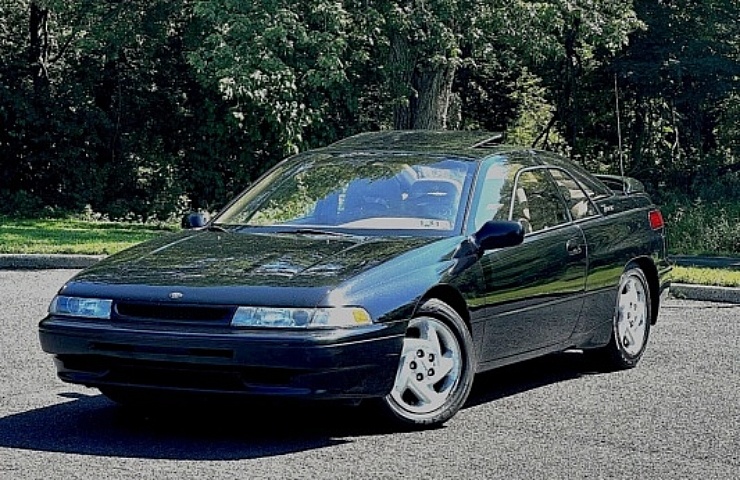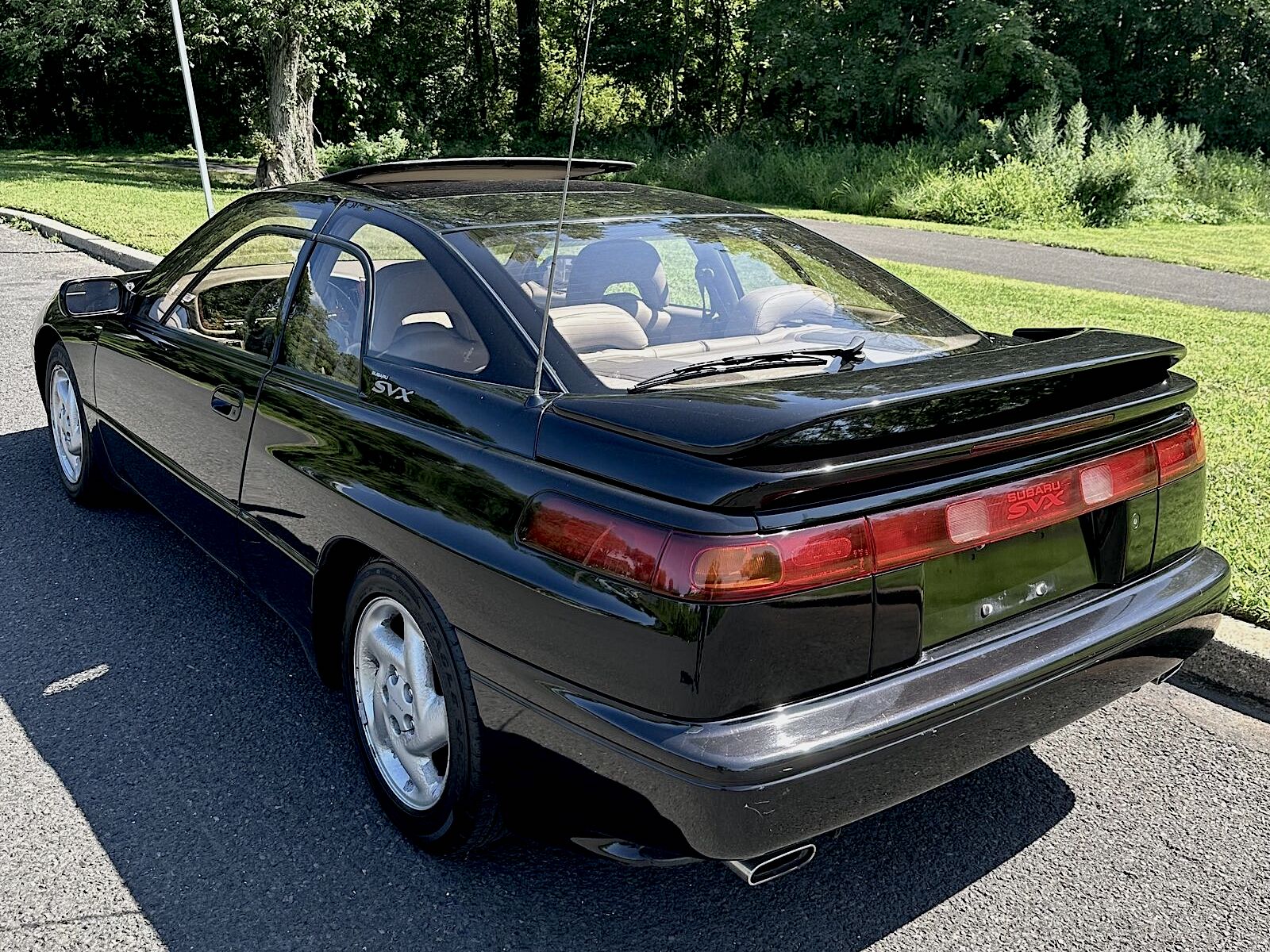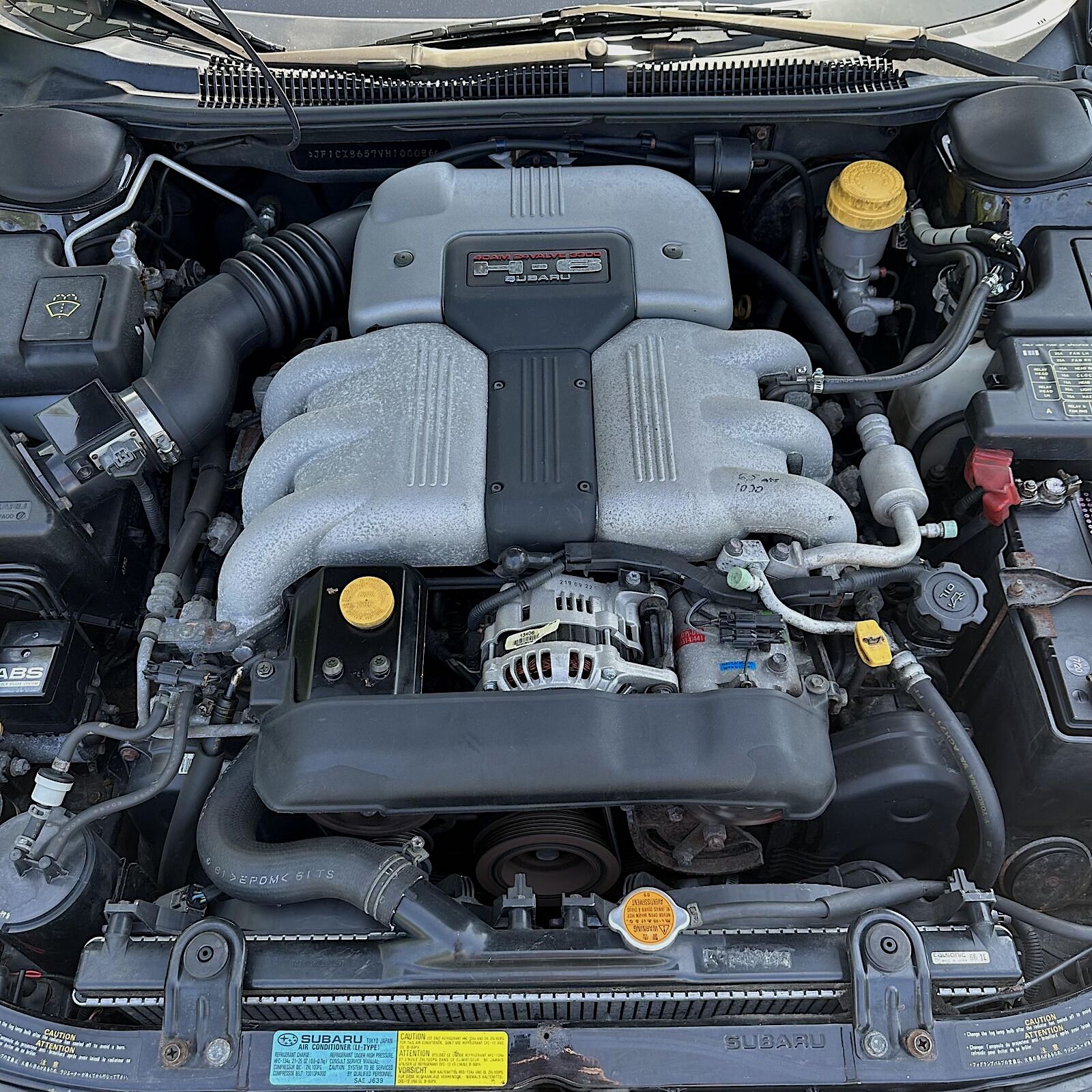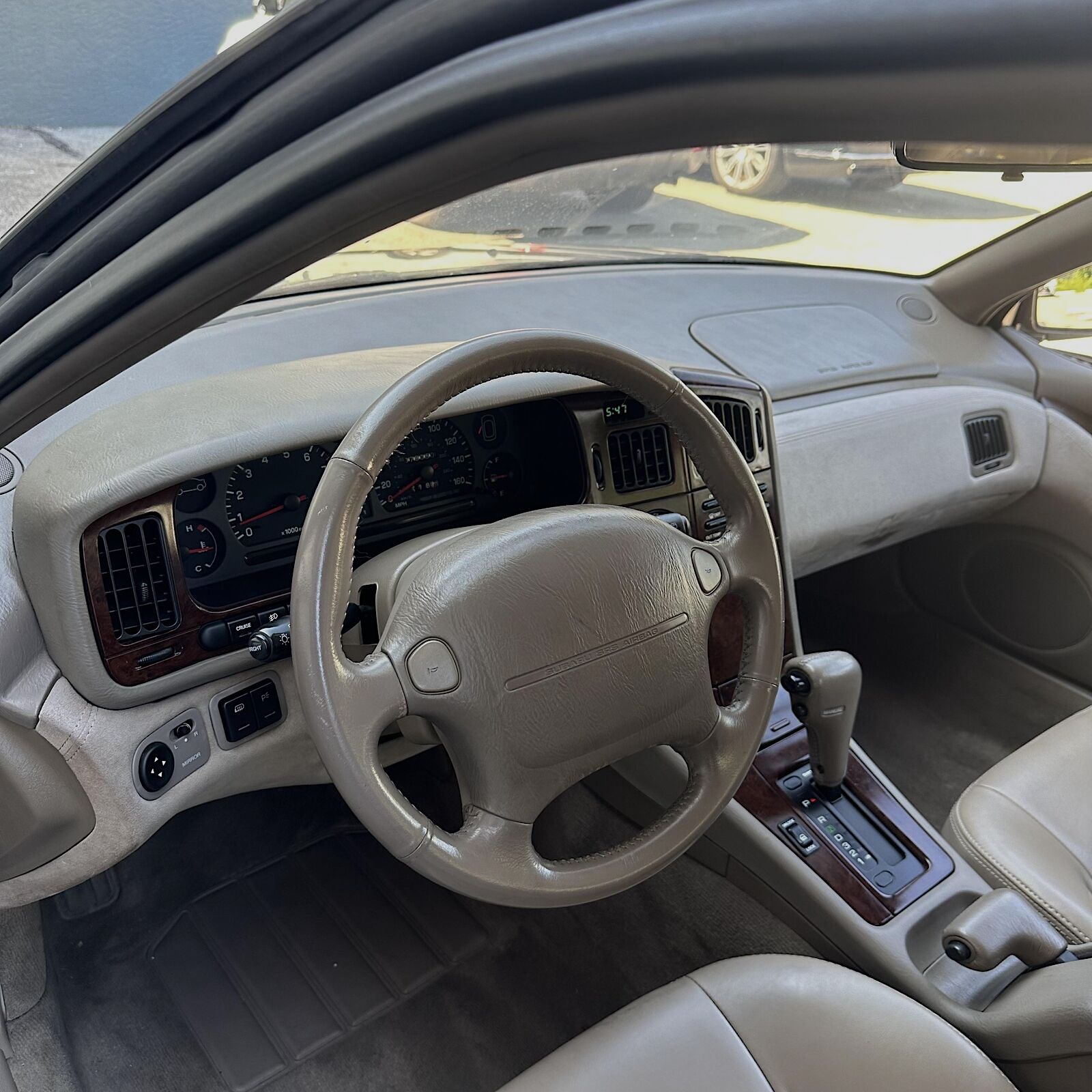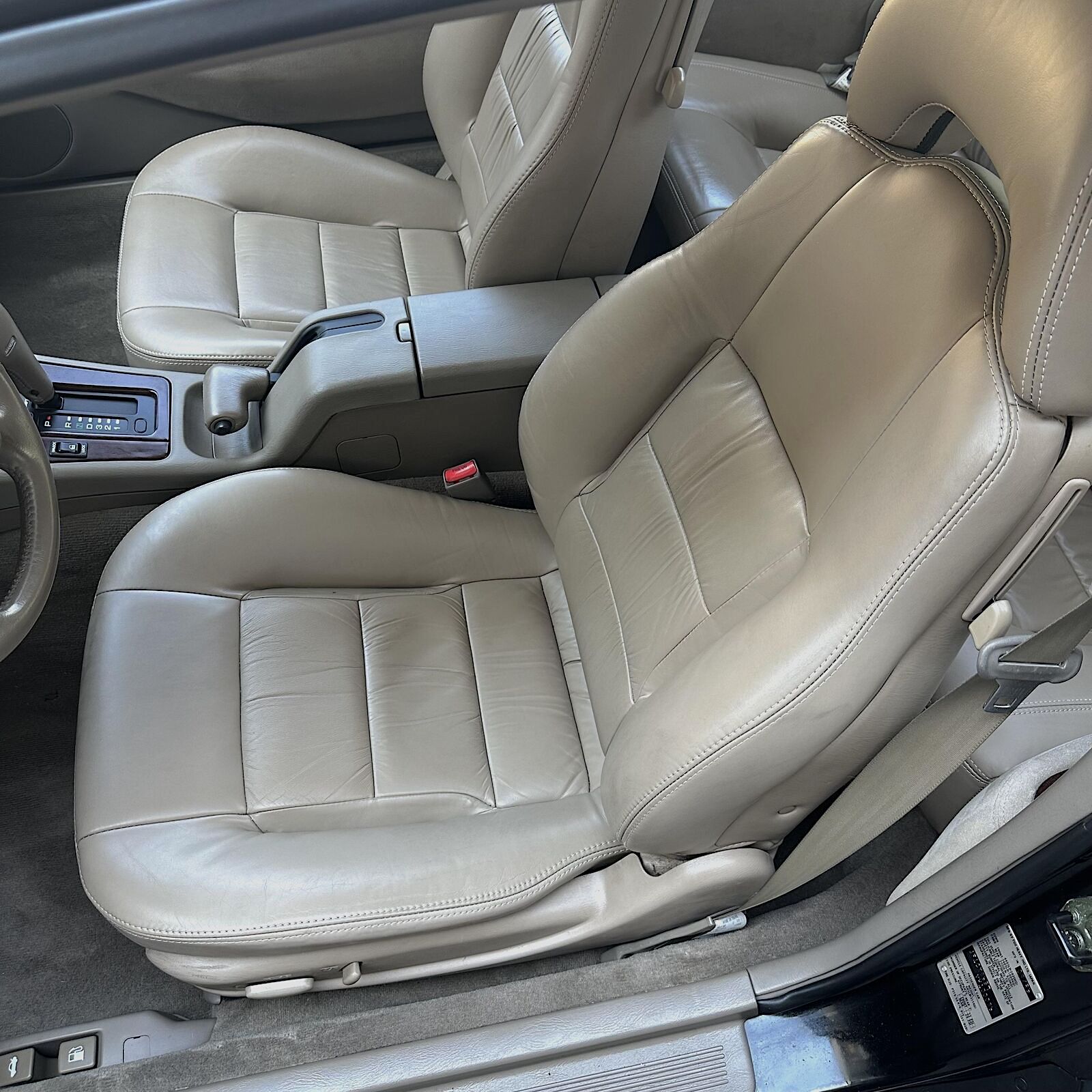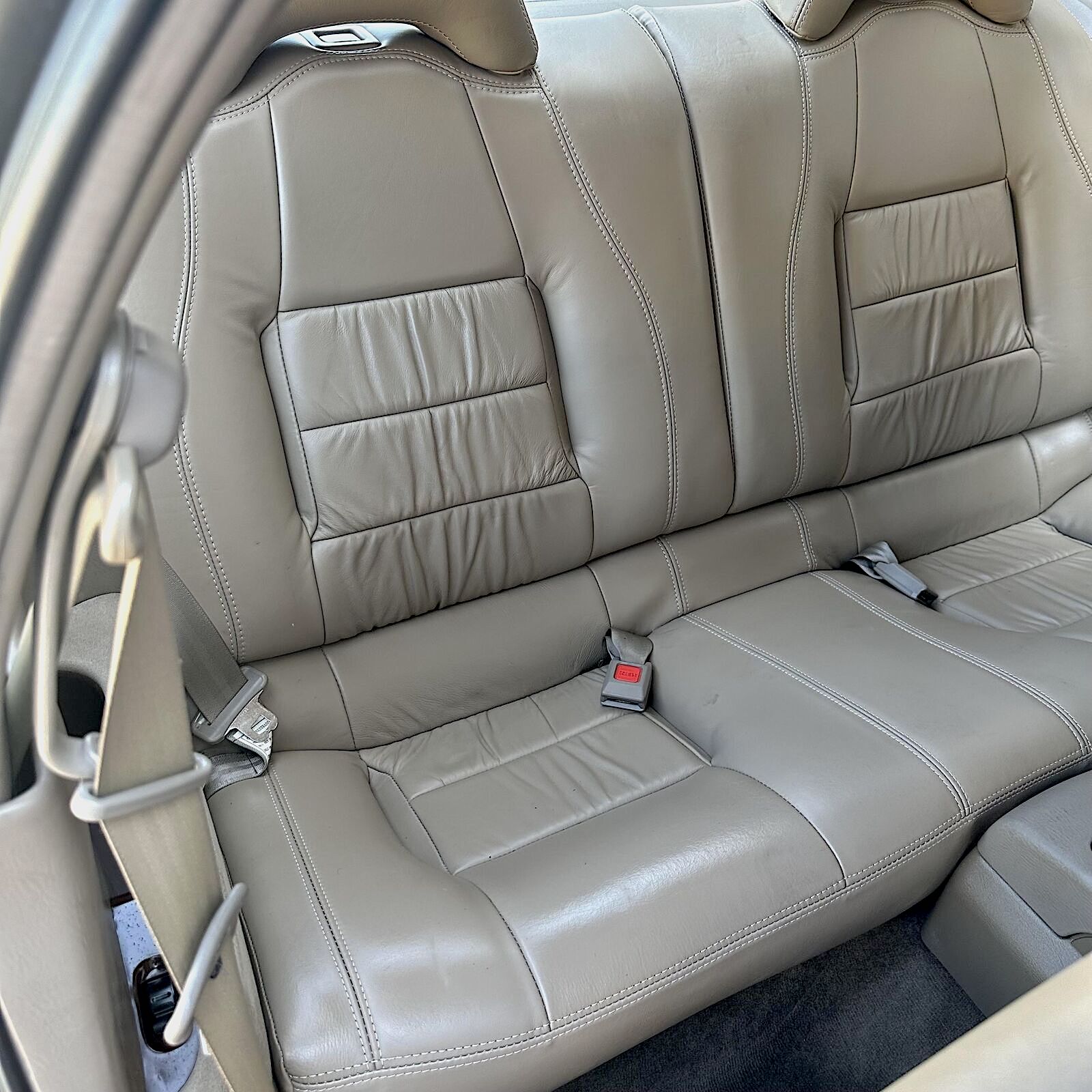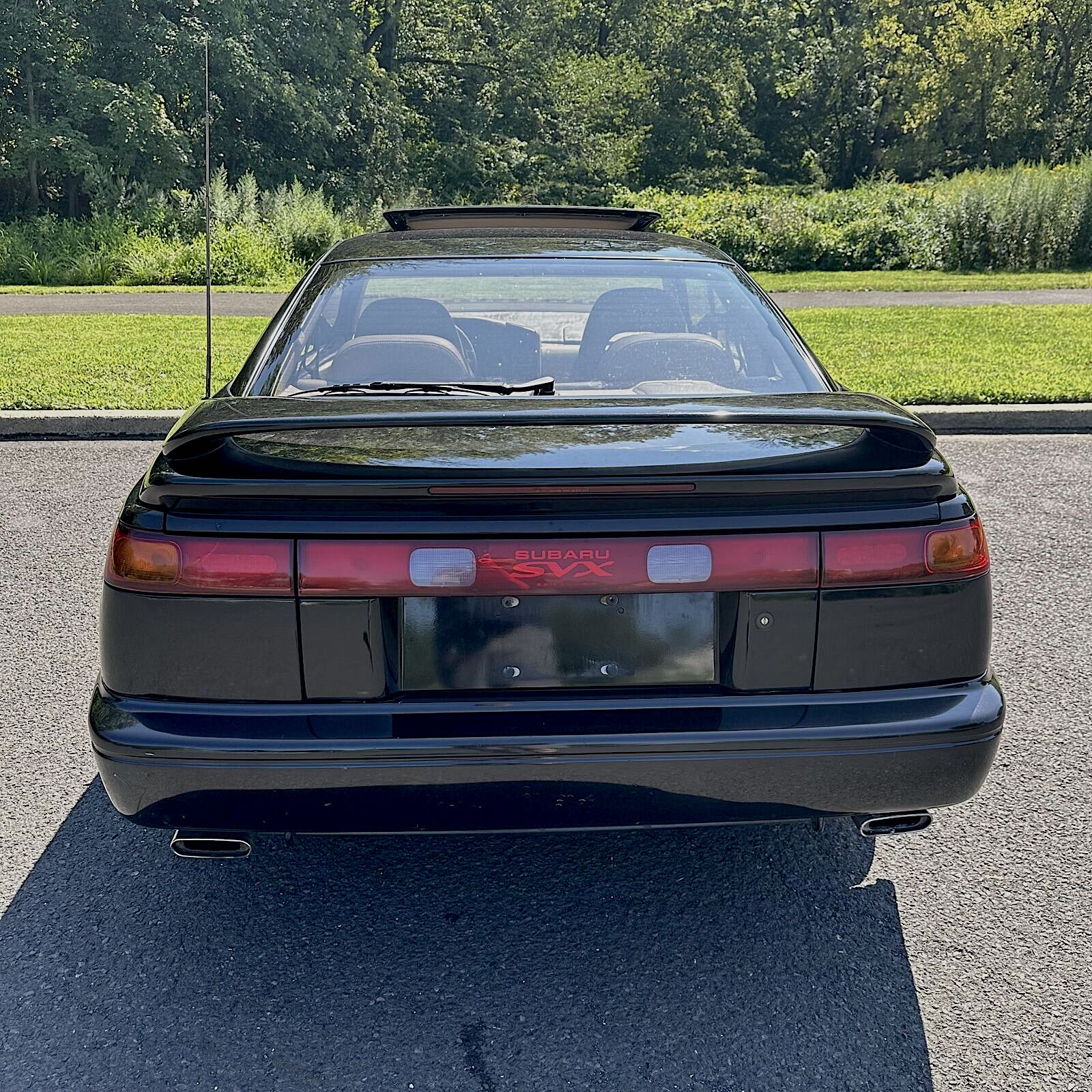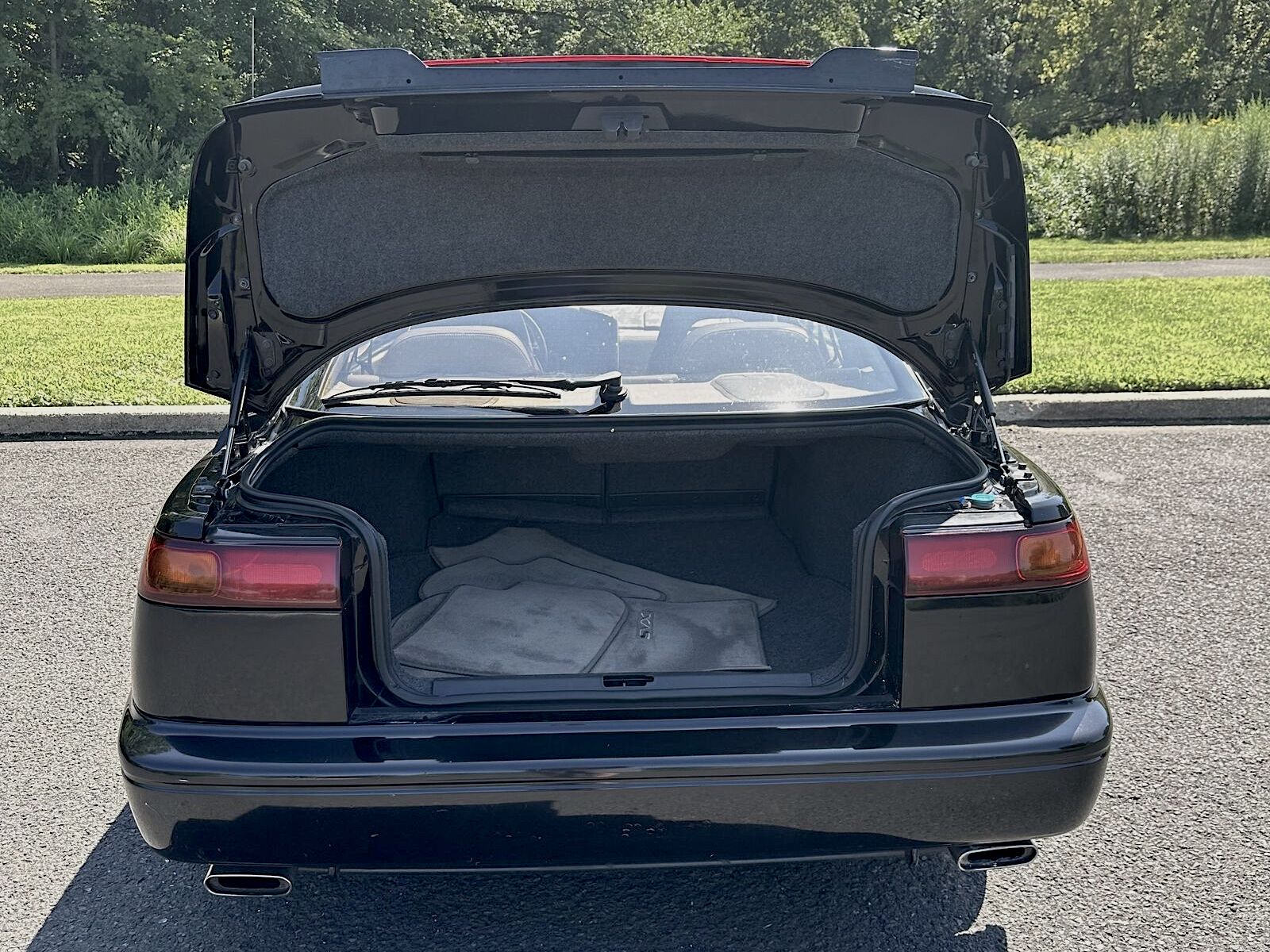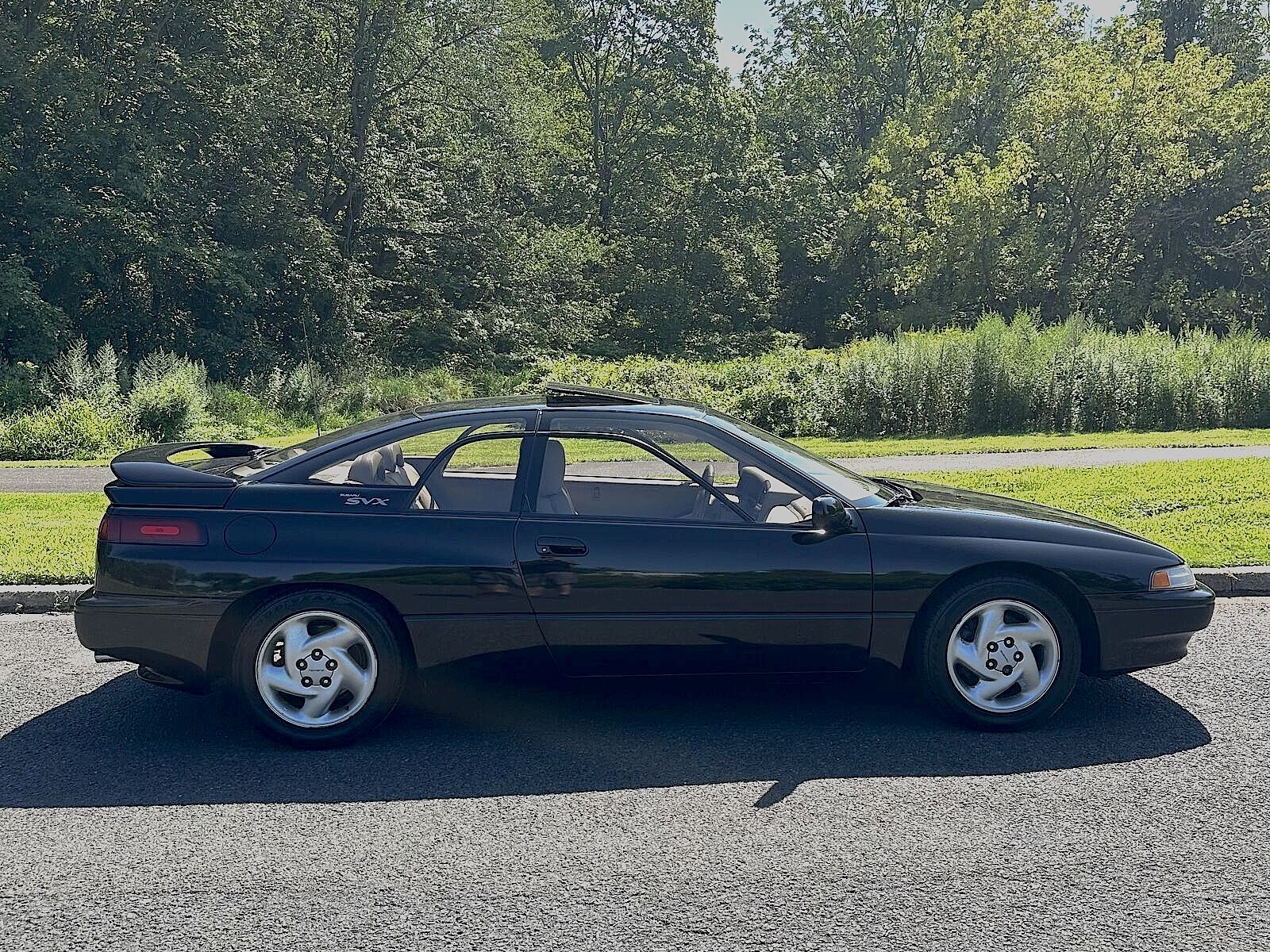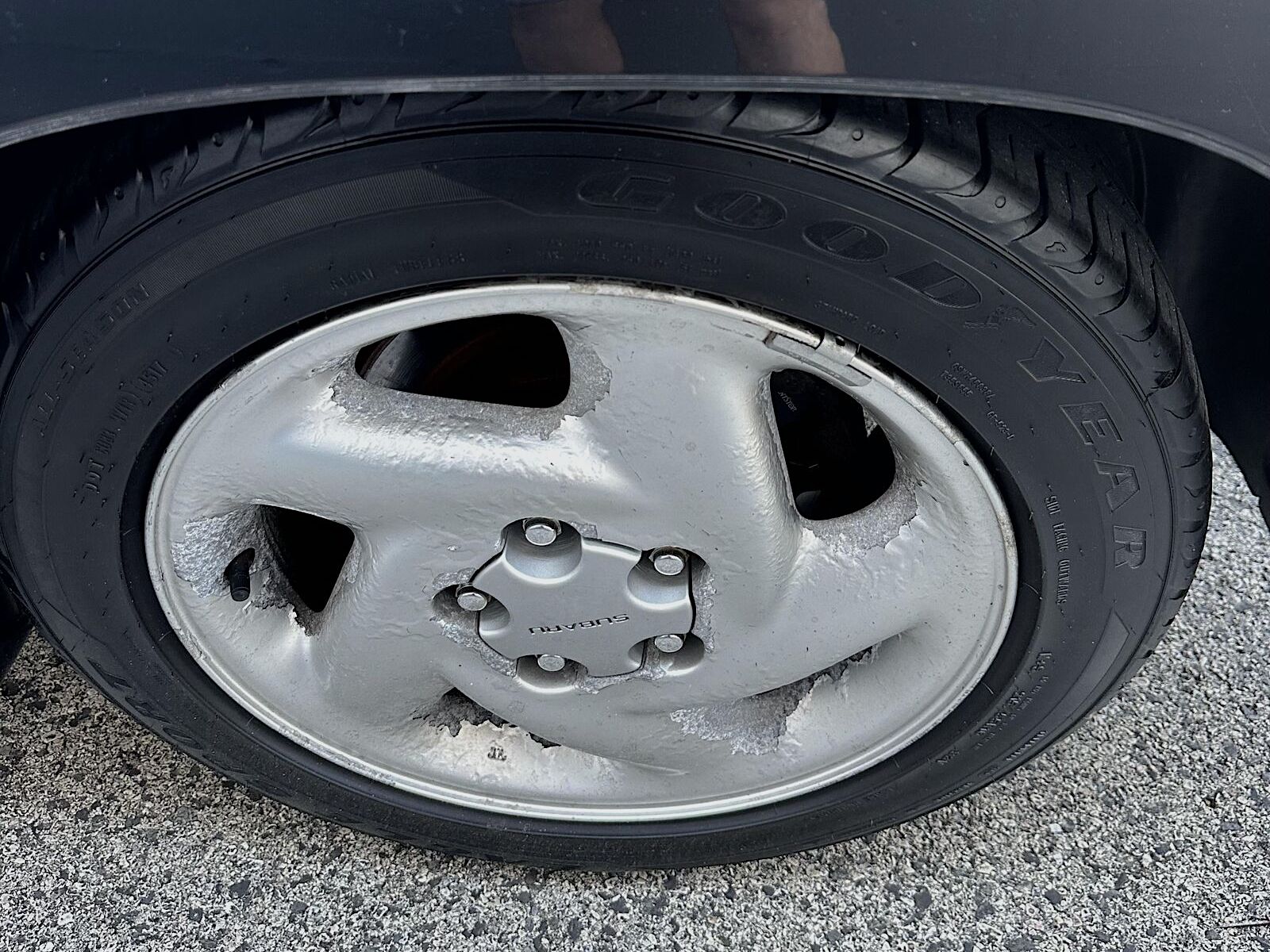The Subaru SVX is Downright Weird
During the 1980s, Japan’s economy was experiencing unprecedented growth. Every carmaker was cooking up incredible performance cars with their own particular flavor. Nissan built a technologically advanced, race-ready sports sedan in the Skyline GT-R. Toyota came up with the eminently tuneable and bulletproof Supra Turbo. Honda capitalized on their Formula 1 dominance with the supercar-killing Acura NSX.
And Subaru? They were making odd-looking four-wheel-drive station wagons.
They were highly capable vehicles, a favorite of customers who lived in snowy climates, but they weren’t sporty or glamorous. In fact, many looked downright weird as Subaru prioritized function over form. The philosophy resulted in some quirky choices, like using boxer engines. The horizontally opposed cylinders—essentially a 180-degree V-4—lay flat and low in the engine bay to lower the center of gravity. It also created enough space under the hood to fit an entire spare tire on top of the engine, freeing space in the trunk and adding weight over the front wheels for better traction in sand and snow.
Like Nothing Else
But it was the 1980s, and it was still the dream of every carmaker to build a sports car. Subaru was no different. It began an ambitious plan to offer a world-class car imbued with Subaru’s engineering philosophies. The engine retained its horizontally opposed layout but with two additional cylinders, creating a 240-horsepower, 3.3-liter flat-six. The car utilized Subaru’s trademark AWD, a rarity for a sporty two-door at the time. Subaru went straight to the top for styling and had ItalDesign’s Giorgetto Giugiaro draw up the concept.
And what a concept it was. Its most notable feature was the window-in-window side glass, which resembled the canopy of a Star Wars ship. The Subaru SVX’s flat engine allowed the hood to sit incredibly low, resulting in a drag coefficient of a mere 0.29, lower than that of supercars of the era. With sliver-like headlights, flared fenders, and wraparound tail lights, it looked like nothing else in Subaru’s lineup—and nothing else on the road.
The torquey boxer accelerated briskly, and its low center of gravity and AWD provided excellent handling. The Subaru SVX’s Achilles heel, however, is the fact that it was never offered with a manual transmission.
Expensive Becomes Affordable
The Subaru SVX debuted in September 1991, mere months before the Japanese economic bubble burst. The car was expensive, starting at around $24,500 and topping out at around $28,000. This was almost 40 percent more than any other Subaru model. At the same time, in the US, the SUV craze began to crowd sports cars out of the market. As Japan’s economy faltered, the exchange rate made it even more pricey. It was rumored that Subaru lost money on every SVX that it sold.
The Subaru SVX for sale is one of the last ones built, a 1997 model. The black paint on this example could use a polish, but the interior is immaculate. The leather seats have held up well, and a stock Subaru stereo remains in its hideaway compartment.
When new, the price would have ballooned to nearly $37,000 (the equivalent of $70,000 today). Most customers weren’t ready to pay that much for a Subaru. As such, SVX was never a huge seller, which makes them quite rare today. It’s a car that will get admirers and looky-loos from Vermont trailheads to Pebble Beach. And at $15,999, it’s one of the most affordable classics on the market today.
Shop now for Subaru SVX
